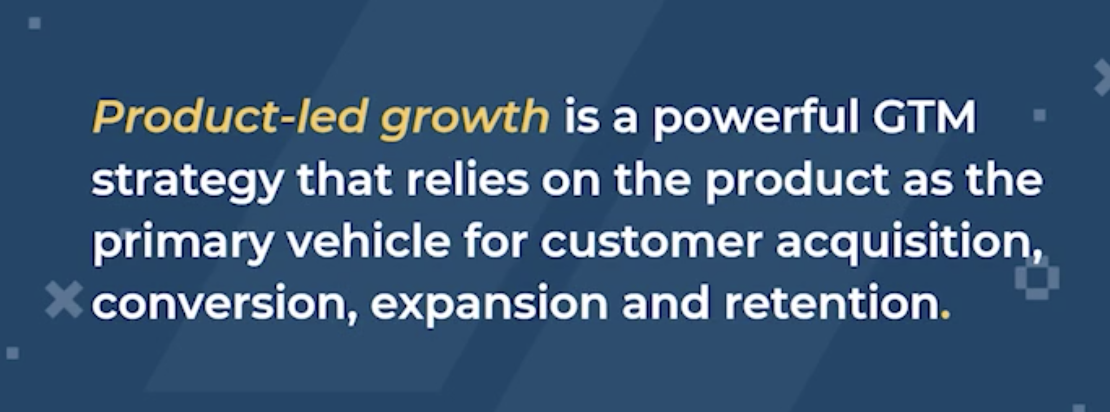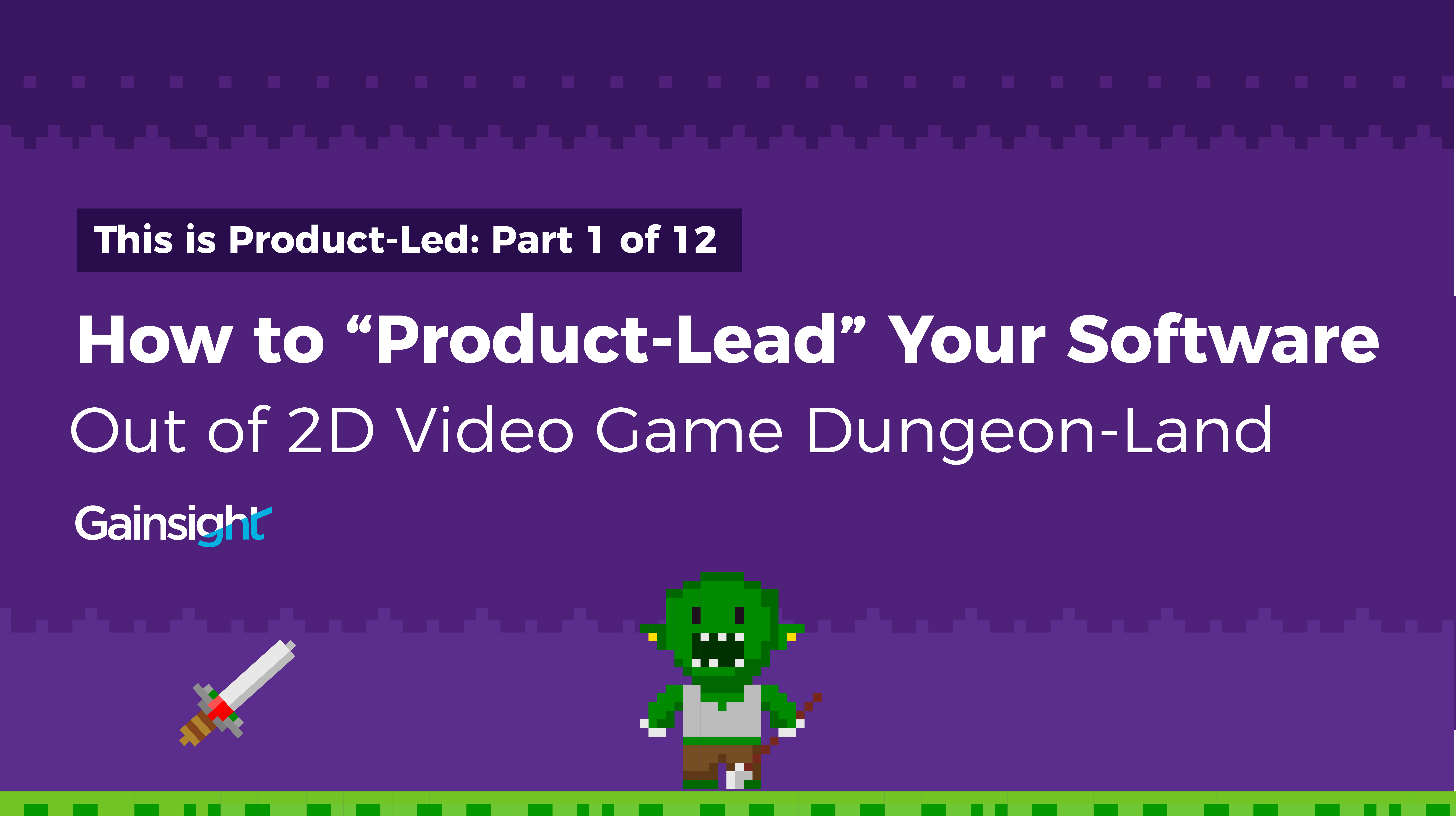This is part 1 of our 12-part series “This is Product-Led,” inspired by our conference for Gainsight PX users, Pulse for Product.
Despite the fond memories, 80s video games were a lot more frustrating than many give them credit. The hit detection was glitchy. Sprites were difficult to see. Bosses were merciless, and it led to a lot of thrown controllers and frozen friendships. And in that way, it reminds us of enterprise software.
As Gainsight PX CTO Mickey Alon discussed with Carlos Gonzales Villaumbrosia, Founder & CEO of Product School and author of The Product Book, the solution isn’t complicated—it’s product-led growth. But unlike the makers of all those old arcade games, you have to put users’ needs first. For an example of what can go wrong, look no further than what happened to the old arcade game Smash TV.
Start With Buyer Pains—Then Remove Them
What made the video game Smash TV famous wasn’t its gameplay—it was the fact that nobody ever seemed to reach the final level. Like, a suspicious number of people never got there. After a great enough outcry, the game maker admitted it hadn’t coded the final level, to save on cost. Is there any better analogy for software systems today?
Wracked with technical debt and too little clout, product and engineering teams continue to add features to “monetize” things, without consideration to the user experience. They add buttons and dials and don’t consider how they interact. Pressed for time, they ship things that don’t quite work, and then move on. They build something that feels like an arcade game dungeon that’s tremendously frustrating to navigate.
Right now, most companies are still practicing sales-led growth. Right now, most companies are packing as many “qualified” leads as they can into the product. And right now, many of them are experiencing higher-than-ever churn. The reason is all the focus is on acquisition. We promise you, all it takes is a quick peek with a product analytics tool to see the signs of frustration everywhere in your software—user flows full of needless button-mashing and doors to nowhere.
“As the owner of the product, nobody is better situated to lead companies out of this mess,” says Carlos. “With full-funnel responsibility, ownership over the product, and access to engineering resources, only product leaders can build their way out of it.”
And if companies want to arrest the climbing churn and survive the next decade, they’ll have to. Because the stakes just got a whole lot higher.

How to Fix Your Application
Eventually, all bets are called. It happened for the makers of Smash TV. After enough outrage among players and arcade owners, they had to go through an expensive recall, build that final level, and ship new units to arcades everywhere.
In the end, the company not only had to do the hard but necessary work of addressing users’ needs, but it paid dearly, both in manufacturing costs and with its brand.
Product leaders across B2B face a similar reckoning—will you do what users need from you now, or wait until the outrage rises? Unfortunately, for product leaders, the stakes are higher than they were for video game developers. With so many options, and so many competitors offering trials, you may never get that outcry warning. Instead, users will churn silently. And if your competitors are practicing product-led growth, it may be difficult to lure them back.
If you’re reading this and thinking, uh oh, we definitely have some technical debt, and there are certainly ‘unfinished levels’ in our product, commit to a cure: Take a free trial of Gainsight PX and go see it for yourself. You may just find that what you discover is compelling enough to get the entire business to change its ways.
Level up your product strategy—Try Gainsight PX free!
